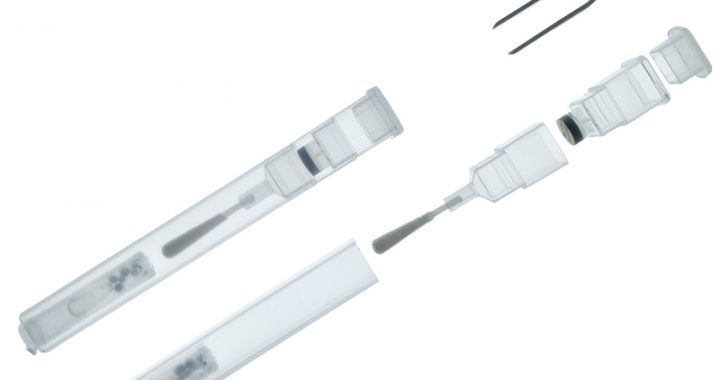Biological evidence storage devices are essential tools in forensic investigations, medical diagnostics, and research. These devices are specifically designed to securely store biological samples, such as blood, saliva, hair, and skin cells, ensuring the integrity and preservation of evidence for later analysis. Understanding the storage capacity and proper usage of these devices is crucial to maintaining sample quality and preventing contamination. This guide provides an overview of different biological evidence storage devices, their capacities, and tips for optimal use.
Types of Biological Evidence Storage Devices
-
Storage Tubes and Vials
These small, airtight containers are commonly used to store blood, saliva, and other bodily fluids. Their secure seal prevents leakage and contamination, making them ideal for short- and long-term storage.Features:
-
Sealed Lids: Prevents sample contamination and leakage.
-
Capacity: Typically ranges from 1.5 ml to 50 ml, depending on the device.
-
Material: Usually made from high-quality plastic or glass, ensuring durability and transparency for easy sample identification.
-
-
Biological Evidence Bags
Used to store samples in larger quantities or for longer-term preservation, these bags are often equipped with tamper-evident seals and humidity control features.Features:
-
Tamper-Evident Seals: Protects the sample from unauthorized access.
-
Built-in Humidity Control: Maintains optimal storage conditions, especially for temperature-sensitive samples.
-
Capacity: Often available in 50 ml to 500 ml capacities.
-
-
Cryogenic Storage Containers
Ideal for preserving samples at extremely low temperatures, cryogenic containers are typically used in forensic DNA analysis and biobanking.Features:
-
Ultra-Low Temperature: Ensures long-term preservation of DNA and other biological materials.
-
Capacity: Ranges from small vials (1-10 ml) to larger cryogenic tanks for bulk storage.
-
Insulated Design: Designed to maintain a stable, low temperature for extended periods.
-
Choosing the Right Storage Device
-
Sample Type: Choose the storage device based on the biological material being stored. Smaller vials are suitable for blood or saliva, while larger containers may be needed for bulk samples or tissue.
-
Storage Conditions: Consider whether the sample needs to be stored at room temperature, refrigerated, or frozen. Select a device with appropriate sealing and temperature resistance.
-
Capacity: Choose a storage device with enough capacity to hold the sample without excess space, which can reduce contamination risks. Larger containers may be necessary for multiple samples.
-
Transport Requirements: For on-site collection, consider portable and secure bags or tubes that can be easily labeled and transported without compromising the sample’s integrity.
Best Practices for Storing Biological Evidence
-
Label Samples Clearly: Ensure that each sample is labeled with relevant details such as the case number, sample type, date, and collector information.
-
Use Proper Seals: Ensure that all storage containers are properly sealed to avoid leakage or contamination.
-
Maintain Consistent Temperature: Always store temperature-sensitive samples in the appropriate environment (refrigerated or frozen) to preserve DNA integrity.
-
Avoid Direct Contact with the Sample: When handling biological samples, wear gloves and use sterile tools to prevent contamination from the environment.
-
Minimize Handling: Once stored, minimize the handling of biological evidence to prevent degradation and contamination.
